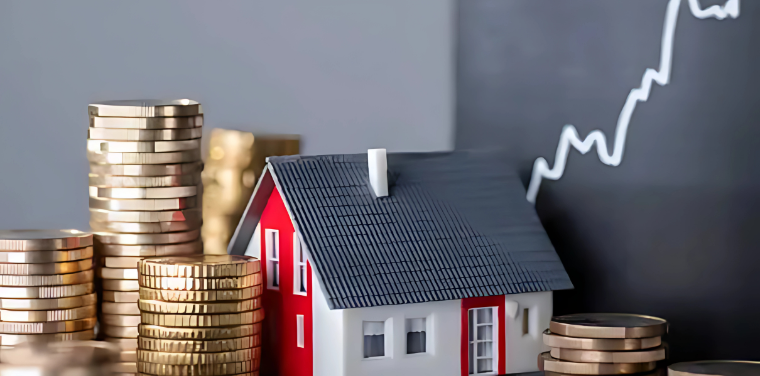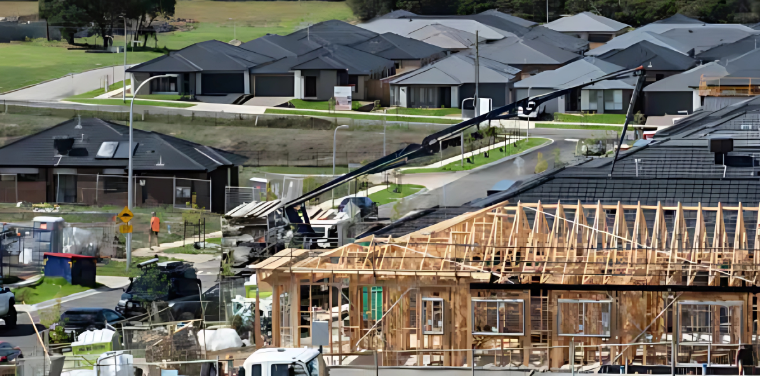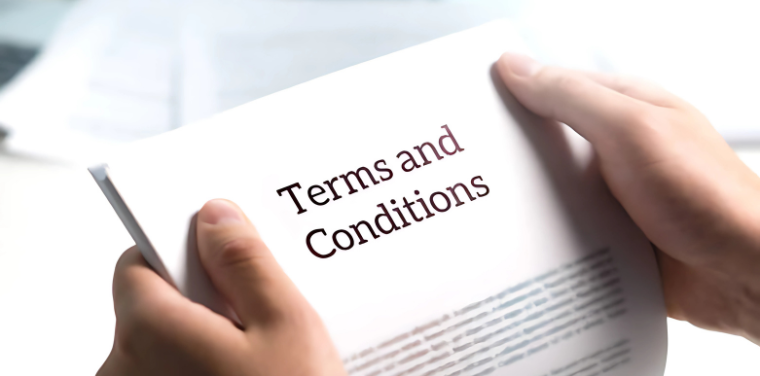
The year 2021 was a big one for the property market, with record price increases, government rules, and changes in lending. From fast price growth to new housing policies, the market saw many ups and downs.
House Prices Reached New Highs
Home prices started the year strong after rising nearly 20% the previous year. Demand for homes grew in all regions, making it one of the hottest real estate markets in years. By mid-year, prices were up 32.3% from 2020, hitting all-time highs.
Major cities saw big price jumps, with median prices in some areas going over one million dollars. However, smaller towns had the biggest increases, with some growing by over 40% in a year.
What Drove the Housing Boom?

A mix of low housing supply, cheap mortgage rates, and easy loans pushed prices up. Many buyers rushed to get homes before prices climbed even more, leading to intense competition.
Despite hopes that the market would cool, prices kept rising, making homes less affordable. Many worried about the growing housing crisis and whether prices would keep going up.
Government Steps In to Cool the Market

To slow price growth and help first-time buyers, the government introduced several new policies. Loan restrictions were brought back to limit investor activity, and a large fund was set up to increase housing supply.
Other changes included extending the tax rule for property sales and removing interest deductibility for rental properties. While these changes reduced investor activity, they did not immediately stop price growth. Instead, more first-time buyers entered the market, keeping demand high.
How the Pandemic and Lending Rules Changed the Market

When new lockdowns hit in August, the market slowed slightly but remained strong. The real estate industry had adapted to online transactions, helping sales continue.
As home prices became too expensive for many, experts predicted a slowdown. Rising interest rates and stricter lending rules made it harder to get a mortgage.
In October, the central bank increased the official cash rate for the first time in seven years, causing mortgage rates to rise. By November, new loan restrictions made it harder to get low-deposit home loans, and in December, new lending laws made mortgage applications tougher.
Market Begins to Shift
By the end of the year, more houses were listed for sale than in the past seven years. At the same time, new homes were being built at record levels, increasing supply.
Even though prices kept rising, the pace slowed. By November, home prices hit new records, but the number of sales dropped. Some cities were ranked among the world’s fastest-growing property markets.
Experts agreed that the market had likely peaked. Many predicted that prices would fall slightly in the next year, by around 4-5%.
The Biggest Change in 2021
The most surprising change was the removal of interest deductibility for investors. Unlike other rules, this policy shift was unexpected and had a huge impact on landlords and rental property owners.
Market watchers noted that while rising prices and government steps were expected, this tax change had the biggest long-term effect. Its full impact on the market remains to be seen in the coming years.
What’s Next for the Market?

As 2021 came to an end, the housing market was changing. With rising mortgage rates, stricter lending rules, and more homes available, the market is expected to slow down. While the rapid price growth of recent years may not continue, other factors will shape the future of the housing sector.

